Bible Software Review
Since early February 2004, this site has been trying
to bring you all kinds of information about the ever-growing Bible
software scene. The stated long-term goal has always been that of
building a comprehensive repository of tips, news, articles, and reviews
of different Bible software products.
Almost four and a half years later, I have felt it necessary to make a good number of under-the-hood changes in order to take BSR
one step further. You will notice its new look right away, but behind
the interface there are a number of enhanced functionalities and new
sections. I hope you like it, but, most of all, I very much hope you
find it useful. Thanks for your support and help in making this website a
must stop for the many users (and would-be users) of Bible software
around the world.
As usual, I invite you to check out my weblog
frequently. It is the easiest and fastest way to keep up-to-date as to
what is going on. But now there are also other means to interact with
other users and send your feedback. The new forum is open for discussion and feedback. So feel free to register and become a part of the community.
But you may ask yourself, "Why yet another website?"
True. There are a good number of user groups, email lists, webs, etc.
available already. However, Bible Software Review
wants to fill a gap. What we are really after is integration; that is,
we want to offer an overview of what is available, bringing together
information that is usually only found in a piecemeal fashion.
But we are also interested, above anything else, in
the practical application of Bible software. We must constantly remind
ourselves of the fact that these wonderful and powerful computer tools
are only means to a greater end. Their whole purpose is to enhance our
understanding of the Scriptures and help us study and interpret them.
Latest Articles
 30/12/2010 30/12/2010
|
|
 29/12/2006 29/12/2006
|
|
 26/12/2006 26/12/2006
|
|
 11/11/2005 11/11/2005
|
|
 16/04/2005 16/04/2005
|
|
Latest Blog Entries
 20/05/2011 20/05/2011
|
|
 06/01/2011 06/01/2011
|
|
 31/12/2010 31/12/2010
|
|
 30/12/2010 30/12/2010
|
|
 28/12/2010 28/12/2010
|
|
Latest Reviews








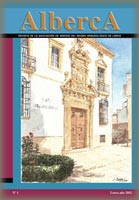

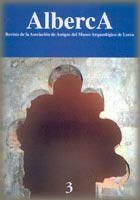
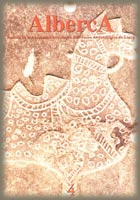
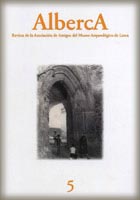
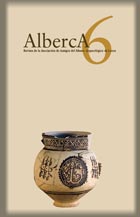
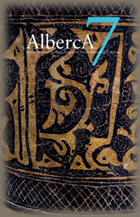
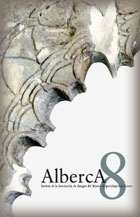











 Stumble It!
Stumble It!
